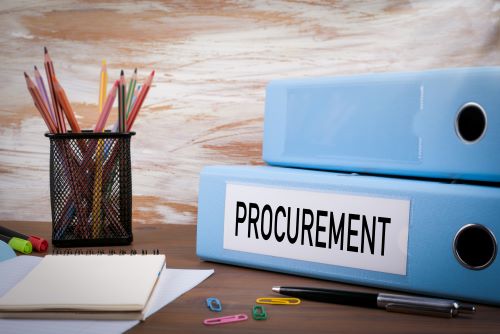What is eProcurement?
Imagine if you could use technology to automate the whole procurement process. Now imagine that the same technology could also detect fraudulent spend, process purchase orders and target new methods of cost reduction.
This is possible with eProcurement technology.
eProcurement solutions have been around for a few years now, but they have rapidly evolved to become a valuable tool for procurement leaders and their organisations, including developments such as blockchain, IoT and automation.
Here’s what you need to know about eProcurement.
What is eProcurement?
eProcurement is the automation of procurement processes typically using web-based software, or software-as-a-service (SaaS). The goal is to remove the administrative burden associated with bids, tenders and procurement requests, and managing suppliers.
eProcurement typically covers the end-to-end process from the decision to make a purchase, through the selection of the products or services, order approval, invoicing, delivery and more.
How eProcurement technology is evolving
As we head into 2020, procurement technology solutions are enabling more strategy and risk control to align with the changing values of procurement leaders.
Some technology providers are creating fully digital procure-to-pay options and are even using artificial intelligence (AI) to process purchase orders and detect fraudulent spend.
Advantages of Procurement Technology
Procurement technology is not about replacing your team, but enhancing their capabilities and adding value to the procurement function, and the organisation as a whole.
Let’s take a look at the three key advantages:
- eProcurement unlocks valuable data and insights
Data analytics is one of the top benefits of procurement technology. It enables you to collect and analyse procurement data to draw out meaningful insights and make smarter business decisions.
With AI, the predictive capability of data analytics also allows organisations to manage costs and supplier relationships too.
With analytics, you can evaluable payment accuracy, identify mistaken payments and even reduce fraud. Additionally, you can use it to identify new opportunities for sustainable procurement, predict future demands and track spend.
- It’s easier to manage suppliers.
Some platforms are designed to specifically provide buyers and suppliers with visibility into all elements of their joint value chains. This enables you to maintain supplier information in the cloud, as well as measure, analyse, and manage supplier performance.
The potential for better supplier management is huge – it can uncover joint process improvement opportunities, enable supplier-enabled innovation, and identify supplier risks.
- Procurement automates manual tasks to save time and costs.
Nearly two-thirds of procurement leaders say automation as a key priority – and it’s not surprising when you look at the benefits. Procurement technology can automate manual, repetitive and low-value procurement tasks to ensure your team are free for higher value work. It also provides organisations with an easier way to manage the masses of information involved in the procurement process.
The bottom line? With technology, procurement becomes more nimble and agile, which saves on costs and resources.
Conclusion
Over the next 10 years, technology will cause procurement to be unrecognisable in many ways. Technologies are opening up new ways for procurement to respond to the needs of consumers, suppliers and the business as a whole.
Investing in the right procurement technology will lead to increased efficiency and productivity, as well as enable you to predict future trends and set up your organisation for success.
Digital transformation is one of the trends we highlighted for 2019 – learn about more trends in procurement.






